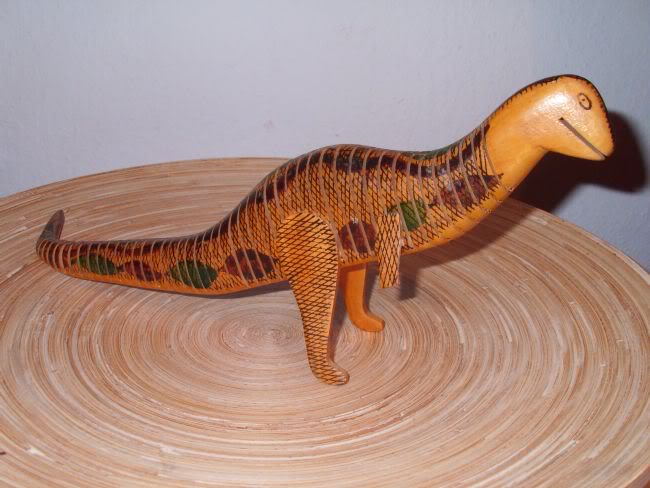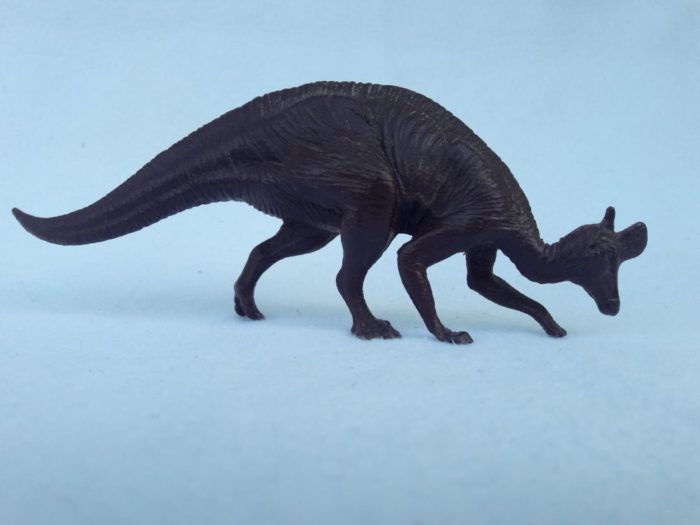Author: Libraraptor

- Hi, I am Stefan Schröder aka ‘Libraraptor’ and I am a faithful soul on both the Dinosaur Toy Blog and the Dinosaur Toy Forum since 2008, when I stumbled upon the forum looking for the Invicta blue whale in order to complete my Invicta collection. I found friendly people there and open ears and eyes for my growing collection. Later I began reviewing toys and figures here on the blog. I'm certainly not the most diligent reviewer, but when I do, I really enjoy reviewing a figure from my collection.
- I am so happy to still be a part of the big DTB / DTF family! In the meantime, I am one of two administrators of the forum belonging to this blog. Fortunately, both still enjoy great popularity in times of Instagram, TikTok and Co.
- I come from Germany, was born in 1977, I’m married and I have a daughter and a son. I am a full-time social worker, working at schools for children with special educational needs. In summer I take part in the dinosaur excavations in Balve which are led by the LWL-Museum für Naturkunde in Münster and enjoy finding bone or tooth fragments from the Lower Cretaceaous deposits of Germany.
- My collection is sometimes said to be somewhat quirky, I review what I like with no special goal or focus. I am mostly into vintage and monochrome figures and museum exclusives.
- Here’s a video (on the Dinotoyblog Youtube channel) showing my collection, it’s a little outdated, but still shows the main part of it.
- In 2024 I finally published my first book dealing with people´s passion for prehistory. If anyone is interested, you can order it
- HERE (US)
- HERE (UK)
- and HERE (Germany)

All reviews by this author
Review: Dimetrodon (Inpro)
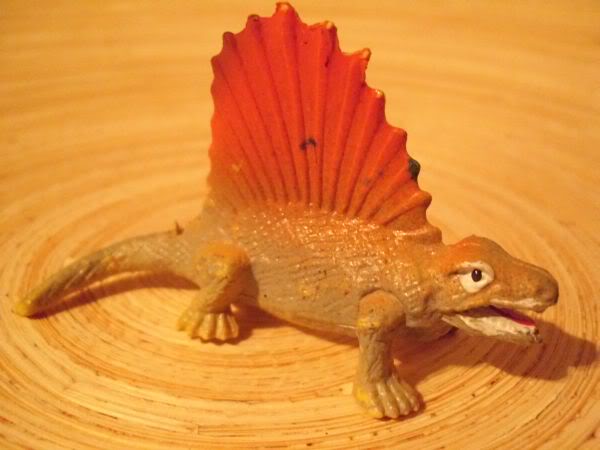
Enough has been said about Dimetrodon. Although it is not a dinosaur, it is among the four best-known prehistoric creatures, together with T.rex, Mammoth and “Brontosaurus”. Dimetrodon is a favourite choice of nearly every company. This seems to have a long tradition, since even Marx and Linde in the 50s and 60s released this Permian synapsid as a figure.
Review: Apatosaurus (Bullyland Micro Tiere)

By now most of you should know my preference for sometimes strange dinosaur models, alleged outsiders, often being sadly overlooked.
I would like to introduce to you the Bullyland “Micro Tiere” Apatosaurus. I don´t exactly know about the release date, even Randy Knoll´s site doesn´t give any information.
Review: Brontosaurus (Marolin / VEB Plaho)

A firm from the German Democratic Republic, VEB (Volkseigener Betrieb) Plaho, released a series of highly collectable dinosaur figures in 1967. They were sold in the Museum of Sena in Thuringia, Germany until the mid-1980s. The follower firm to Plaho, Marolin, re-released them in 1990.
Review: Oviraptor (Papo)
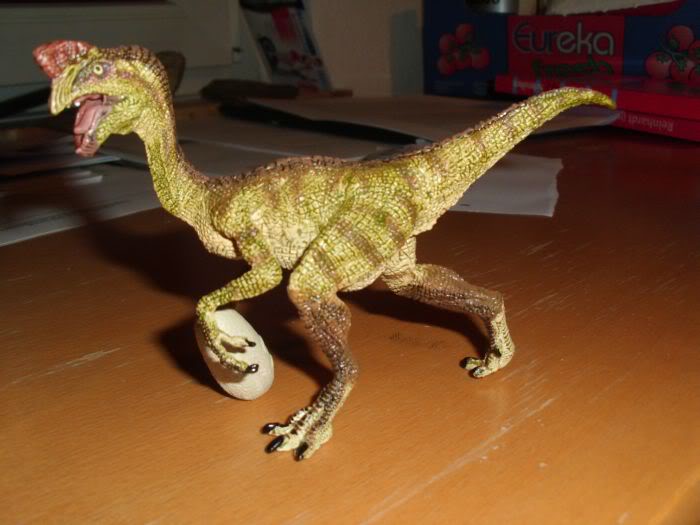
Review: Apatosaurus (2008, Replica-saurus by Schleich)
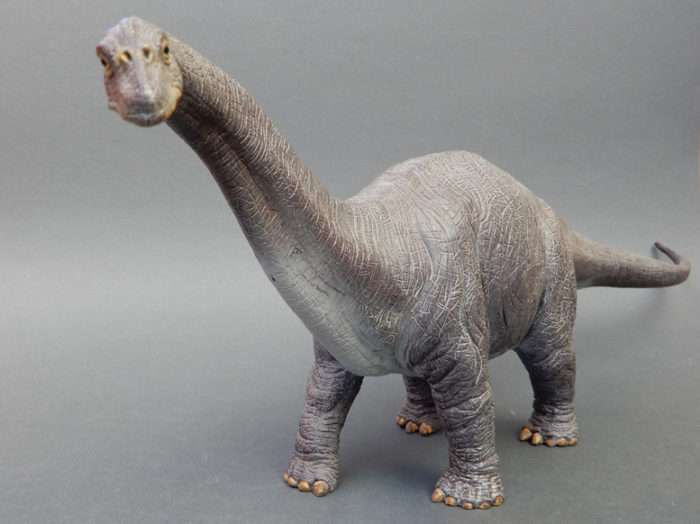
Size matters. Apatosaurus is the archetypical dinosaur, probably the most famous icon of palaeontology. Many companies have released it as a figure; Schleich did it for the third time now after their 1997 Apatosaurus, who was a blue, heavy, tail-dragging behemoth with a dull mien and its somewhat better baby.
Review: Styracosaurus Maquette by Sideshow Dinosauria

Review by Scar, Photos by Jeremy Killian
There are aspects of this piece in creative interpretation which I absolutely adore, and others which I feel could have been improved upon.
Overall, I will credit SS for infusing this piece with personality.
Review: Pachycephalosaurus (Battat)
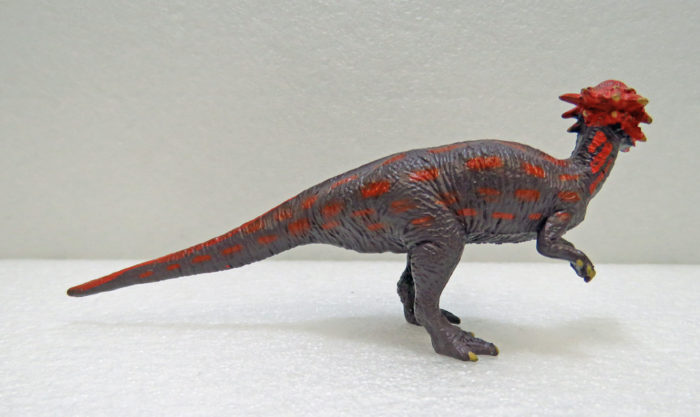
The North American marginocephalian, Pachycephalosaurus, has been reconstructed as a toy or model quite often. This review is the best example for this thesis. To put it bluntly at the beginning: The Battat Pachycephalosaurus is one of the best Pachys out there, due to its anatomical correctness, very detailed head, credible posture, and unusual paint job.
Review: Lambeosaurus (Invicta)
Review: Muttaburrasaurus (Collecta)

Muttaburrasaurus was an iguanodontid ornithopod from the Lower Cretaceous of Australia. It was seven metres long and its hallmark was a domed snout. Scientists suggest that Muttaburrasaurus had enlarged nasal caves, some even think that it had inflatable sacs for courtship displays or sounds.
Review: Scelidosaurus (CollectA Deluxe)
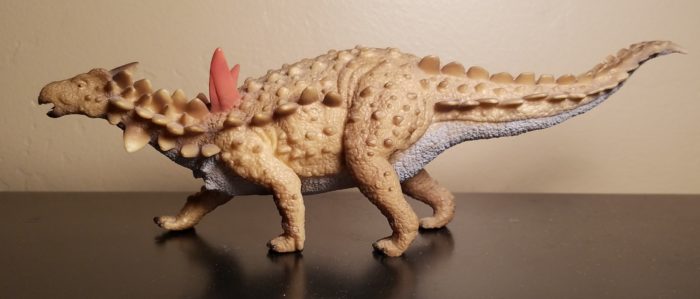
Review by Libraraptor, photographs by Zachary Perry (ZoPteryx)
Scelidosaurus was a Lower Jurassic thyreophoran from England. Discovered in the middle of the 19th century in Dorset and described by Richard Owen himself, this 4 m long, bird-hipped dinosaur is standing at the changeover from small bipedal ornithopods to quadrupedal ankylosaurs or stegosaurs.
Review: Deinonychus (AAA)
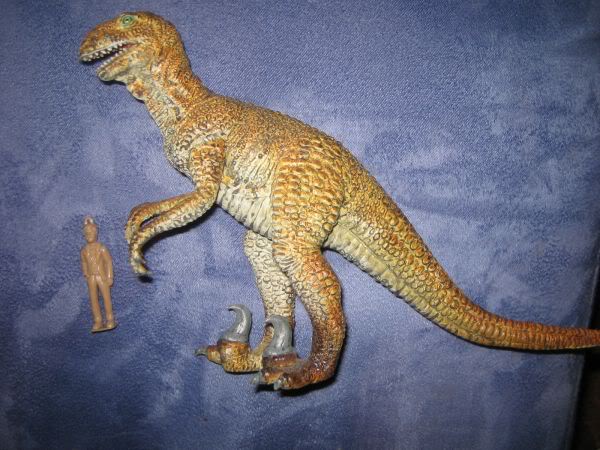
Once there was a time when Theropods simply were divided into ‘Carnosaurs’ (the big ones such as Allosaurus and Tyrannosaurus) and ‘Coelurosaurs’ (the smaller ones such as Coelophysis or Compsognathus). Then along came Deinonychus, an irritating new predator who did not really fit into this concept.

